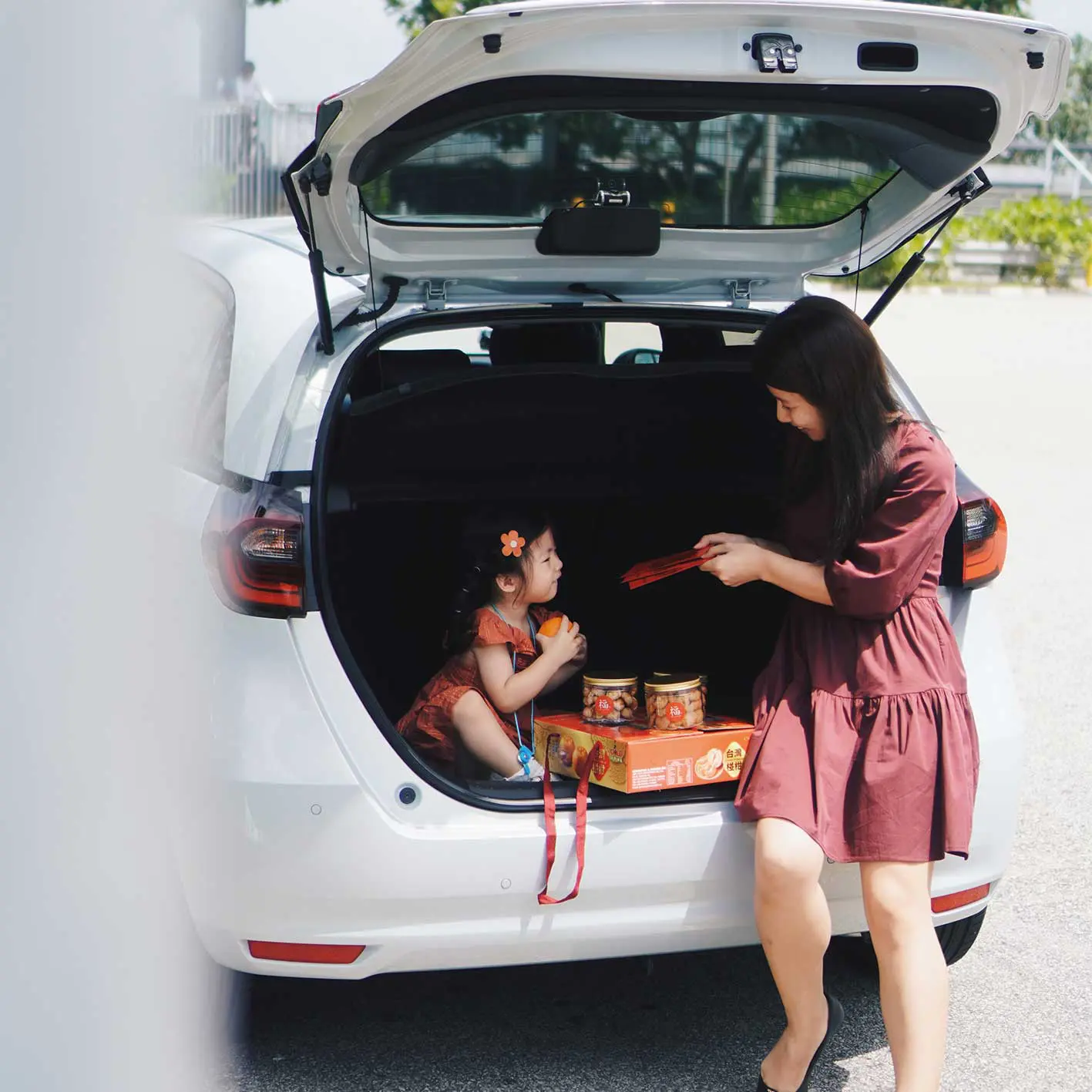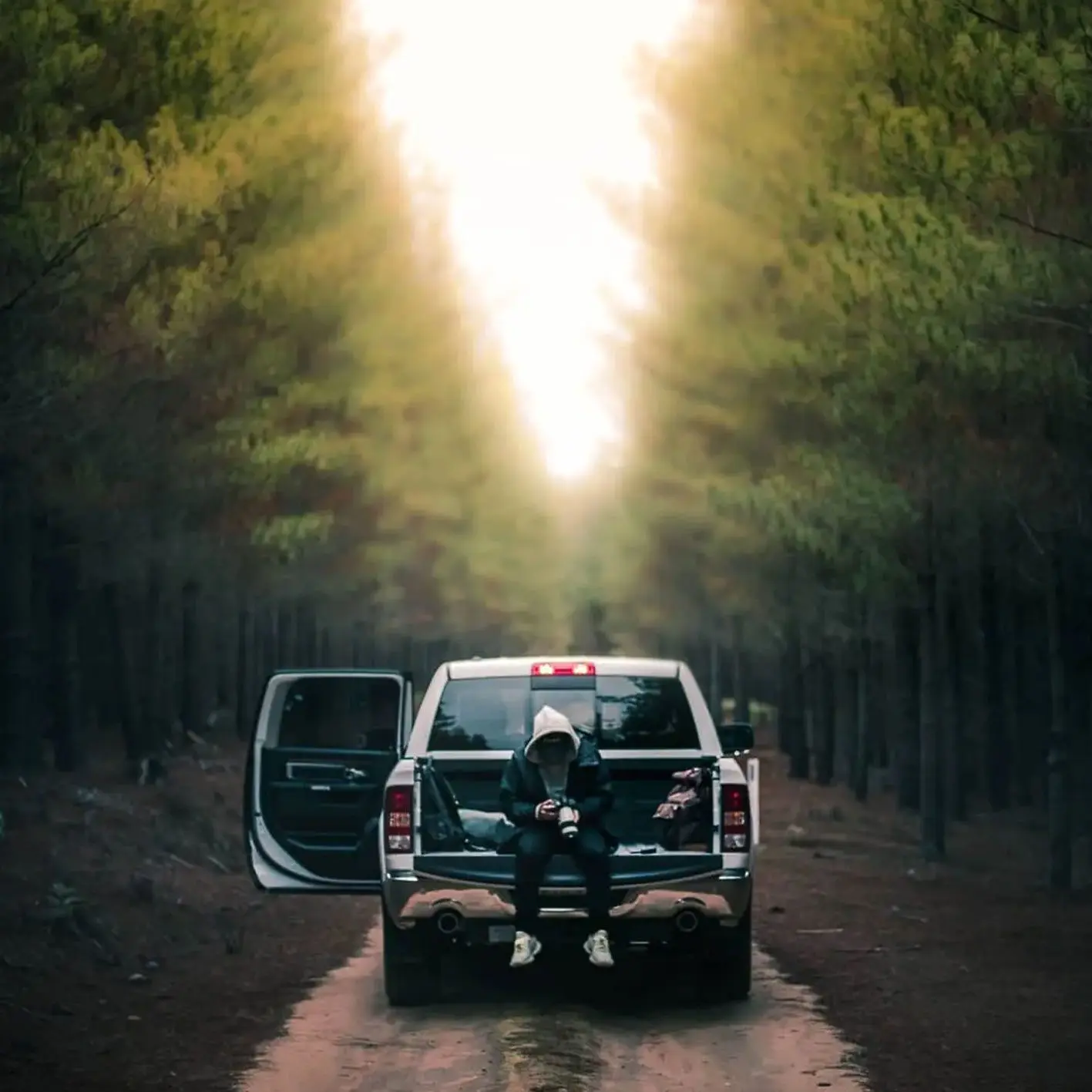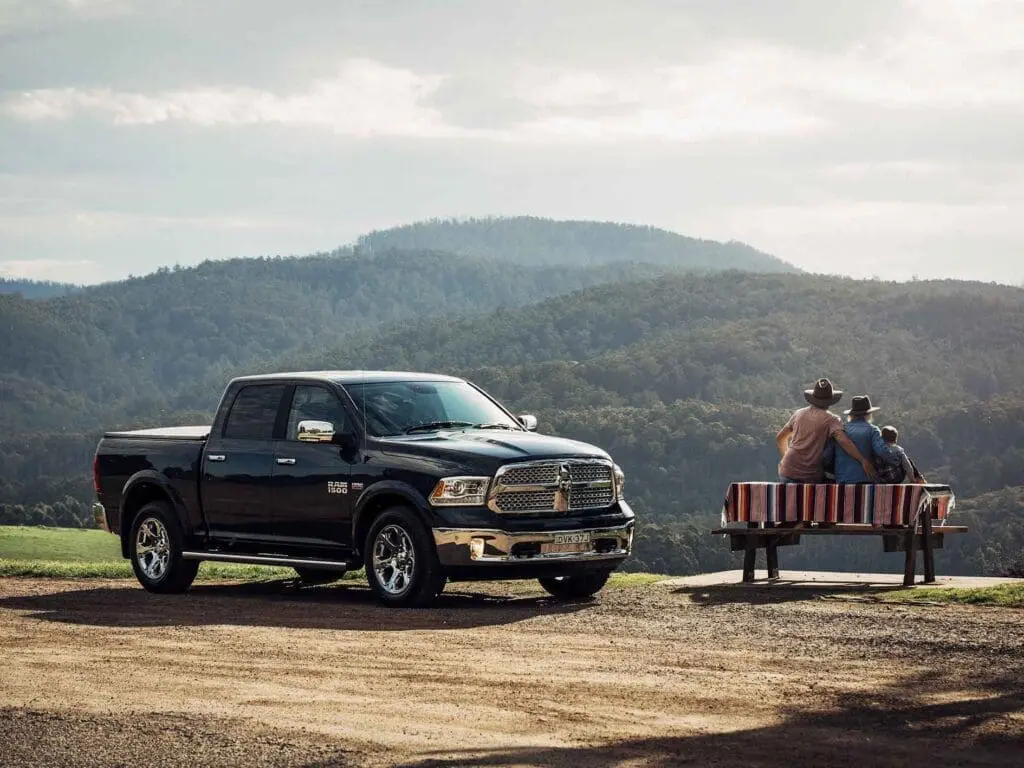Although the automotive industry was disrupted by the pandemic, it’s now bouncing back and making waves with hot new consumer trends.
In April 2020 car sales had dropped 47% in the US. And across Europe, sales had dropped by a massive 80%.
Difficulties and delays with imports and exports have made the supply of cars more challenging. Many consumers opted to buy secondhand due to widespread unavailability of new cars, or chose to press pause on purchasing a new car altogether.
While this has posed major challenges for car dealerships and brands over the last two years, the industry is now in recovery. In Australia, a total of 85,340 vehicles were sold in February 2022. This represents a 1.6% increase on February 2021 figures. And according to analyst firm LMC Automotive, global car sales will rise 6% in 2022.
We’re also seeing a number of new trends emerge in the industry as consumers have had to change the way they research and purchase new cars during the pandemic. This makes it a great time for automotive brands to reassess their marketing strategies in order to meet evolving consumer needs.
To keep you up to date, we’ve unpacked some of the biggest trends in the automotive industry right now. Below you can also find out how car brands are partnering with Vamp to achieve social success.

#1 The rise of online research
It’s no secret that consumers have become accustomed to shopping online since the start of the pandemic. While the majority of car purchases are still completed in person, online research has become a much more vital part of the buyer journey.
According to Google Insights, Aussies in particular are doing a lot more research before going into a dealership. Prospective buyers are less inclined to want to enter a dealership unless they’re 100% sure there is something there for them.
The desire to find a dream car online is a trend that’s occurring across all regions and age groups. According to McKinsey, it’s especially important for consumers between 55 and 70 years of age, who now consider online buying as a relevant alternative to visiting dealers.
#2 An increased willingness to purchase online
It’s not just research that consumers are doing online. New advancements in technology have meant that consumers can bring the entire process online, prompting them to make the final purchase on their desktop, tablet, or even mobile.
Two-thirds of consumers said emerging technology (such as augmented reality and virtual reality) can entirely replace the need for a test drive. As digital technology continues to evolve, so will the automotive industry, their business models, dealer networks, and offline experiences to reflect new consumer behaviour.
James Voortman, CEO of the Australian Automotive Dealer Association, said while the percentage of sales conducted entirely online in Australia was still small, local dealers were seeing a rising number of people purchasing without inspection. “We are seeing more consumers willing to buy a car unseen and the pandemic has accelerated this, but it still is a very low proportion,” Mr Voortman said.
Mr Voortman estimated that although transactions conducted “entirely online” still only represented less than 3% of sales, “most buyers complete some part of the car buying process online”.

#3 Consumers watch videos online before purchasing
Online videos have become a crucial resource at every step of the consumer buying journey.
More than half (58%) of all car buyers watched online videos at some point during their research, including three out of four first-time buyers and 75% said YouTube was their primary source.
Compelling, professional-quality video content has the power to spark valuable action, like driving consumers to dealerships. Nearly 75% of consumers who watched an online video during their research followed up by visiting a dealer site, locating a dealer, or requesting a quote.
As a cost-effective alternative to an entire campaign shoot, opt for working with Vamp creators on a content-only campaign, like our clients MG and LDV have done. You can swiftly brief our creators via our platform, select the videographers you wish to work with, and have them shoot beautifully effective video content that highlights your brand story and product. You can then use this content across organic and paid socials, EDMs, or on your website.
#4 Conscious consumerism is booming
Consumers are becoming more and more conscious, and the automotive industry is at the front and center of this change. 88% of consumers want brands to help them be more sustainable and environmentally friendly. As a result, electric cars are increasing in popularity.
Volvo is one brand that’s successfully repositioning itself within the space, and coming up with more sustainable solutions.
“Climate change is real, and it’s probably the greatest challenge of our time,” said Volvo’s Executive Vice President, Joachim Rosenberg. Society, as we know, relies on transportation, a sector that is bound to keep increasing while the global demand for sustainable solutions is also sharply rising, according to Rosenberg. With the arrival of the 2022 C40 recharge, Volvo is truly starting to lay the groundwork for future post-internal combustion engines.
After the launch of their new sustainable models, there will be no more leather in their electric cars. This shift is about reducing the industry’s reliance on cattle farming, which is responsible for about 14% of global greenhouse gases.
Leaders in the electric car industry, Tesla, predict their sales will grow by more than 50% in 2022 compared with last year, despite supply chain problems. That’s according to the brand’s chief executive, Elon Musk, who also said that 2021 was “A breakthrough year for Tesla, and for electric vehicles in general.”
#5 Millennials are a key target audience
When Lexus set out to reach and engage millennials (which by their estimate will soon be the largest buyers of luxury vehicles) they took a different approach.
Rather than target influencers who were known for their luxury car content, they engaged micro-influencers that included sneakerheads and audiophiles, putting out ads that look more like music videos.
The luxury car brand has increased its investment in platforms including Instagram Reels and TikTok, hoping to win over younger audiences online.
“We were amazed at the engagement that we saw on the TikTok platform,” Lexus US Marketing lead, Vinay Shahani told AdAge.
“At most, 2% of the people we talk to are in-market [to buy a car] at any given time … so the majority of our advertising frankly is planting a seed for the future and telling the story of our brand and why you should consider our brand.”
#6 Gamification offers creative storytelling
A trend we’re seeing more of is creative storytelling via gamification. Automotive brands are finding that games and gamification can help them reach a younger demographic – the car buyers and owners of tomorrow.
Luxury car-maker, Jaguar has tapped into the power of games to help tell its story. It has developed an interactive experience called ‘Catwalk’ that allows consumers to engage with its brand mascot, the Jaguar, at motor shows around the world.
The game features a computer-generated jaguar that reacts to what the audience does in real-time, using AI gesture recognition technology. The CG jaguar is programmed to respond to claps, raised hands and other gestures, culminating in an AR sequence in which the Jaguar appears to burst through the screen and take its place next to the person interacting with the experience.
Games are a brilliant marketing tool for automotive brands, enabling the brand to tell its story while at the same time engaging and entertaining the audience.
Porsche, Infinity, Ford, Mazda, BMW, and GM are some brands that are already using the power of games and gamification to leverage their brands to their customers.

Automotive brands achieving social success with Vamp
Vamp has worked with an array of automotive brands. Including RAM, LDV, Jeep, Honda, Suzuki, and Mitsubishi. They’ve all used our platform to connect with brand-safe influencers to create engaging content that drives their customers to action.
When Mitsubishi wanted to leverage Australian TikTok creators for their latest social campaign, they turned to Vamp. The automotive brand worked with an array of Vamp’s TikTok creators to generate awareness around the hashtag, #LIVEOutlandish and help redefine what it means to ‘live outlandishly’. Overall, the influencer campaign achieved over 11M video views and over 80k post engagements.
As a way to reach and engage families within the UAE during Ramadan, Jeep, RAM, and Dodge all simultaneously collaborated with Vamp creators. Micro and macro influencers were engaged by all three brands to capture genuine Ramadan family moments with each car. These organic influencer-generated Instagram posts were then boosted by Vamp to further amplify the results of the influencer campaign. This paid media strategy achieved a 69.7% engagement rate (71.1x higher than the industry benchmark), a cost-effective CPE of $0.01, and a bonus result of 1,040 website clicks.
Suzuki teamed up with Vamp’s Australian TikTok creators to generate awareness of their latest social competition to find the 10 most successful people in Australia. The campaign was about defining what real success looks like, such as living joyfully and being happy, rather than a person’s social status, figure in their bank account, or what car they drive. The campaign drove over 36.7k post engagements and over 341.9k impressions.

